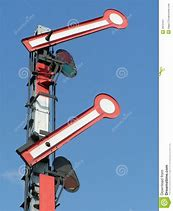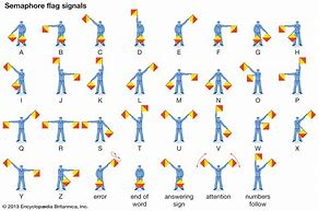Origins of P( ) and V( )
Origin of P-V (nyu.edu) | Pronunication of "Dijkstra"
In Operating Systems, the Dutch Computer Scientist E. W. Dijkstra introduced a pair of synchronization primitives called P( ) and V( ).
To make them understandable, we sometimes called them Down( ) and Up( ), or Wait( ) and Signal( ), etc.
Students often wonder what they stand for. So I asked a colleague, Professor Gert Vegter from Groningen University in The Netherlands.
Concerning Dijkstra's semaphores:
it's simple: P = Plantinga, V = Vegter (:-))
In fact, P = Probeer ('Try')
and V = Verhoog ('Increment', 'Increase by one').
These are the operations embracing the critical section.
Dijkstra introduced these ops in 1963.
Dijkstra is a Dutch name, where the 'j' is always silent or pronounced like a 'y'. So the name should be 'dyk (bike, hike in English) -stra'.
semaphore /'seməfɔːr/
n[U] system of sending signals by holding the arms or two flags in certain positions to indicate letters of the alphabet 旗语
n[C] device with red and green lights on mechanically moved arms, used for signalling on railways (铁路的)臂板信号机


One reason for coding is to enable communication in places where ordinary plain language, spoken or written, is difficult or impossible. For example, semaphore, where the configuration of flags held by a signaler or the arms of a semaphore tower encodes parts of the message, typically individual letters, and numbers. Another person standing a great distance away can interpret the flags and reproduce the words sent.




 浙公网安备 33010602011771号
浙公网安备 33010602011771号